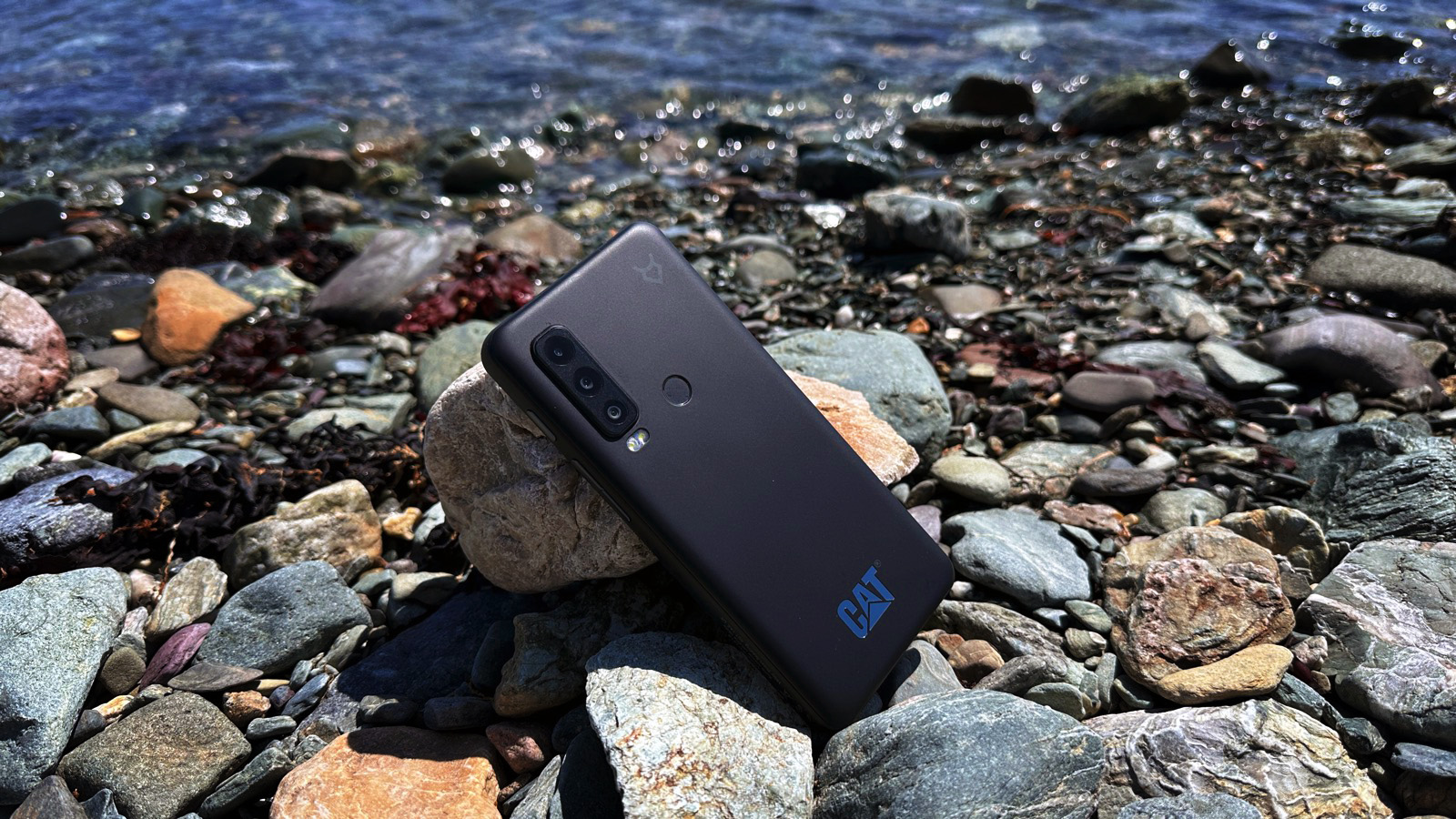Nowadays, smartphones hardly ever leave us. It is therefore not surprising that the design of these devices is evolving to deal with one of their greatest enemies: water.
Water is a formidable destroyer of electronic devices. A single drop, or even the accumulation of condensation, can destroy a device. Water can also cause electrical shorts that damage components. And don’t make the mistake of thinking that putting your smartphone in a bowl of rice will help you. Even if the device seems to survive for a while thanks to the rice, corrosion can quickly set in and destroy it over the following weeks or months.
And so far I’ve only talked about fresh water. But seawater, with salt’s conductive and corrosive properties, is even worse. Short circuits are more vicious and corrosion can set in within hours.
Diving into IP
I’ve seen the internal components of smartphones and action cams reduced to oxidized brown sludge after seawater infiltration.
To allay our fears of being separated from our smartphones for a while, manufacturers have started making their devices “waterproof” and “waterproof”.
Of course, anyone can claim that their technology is water resistant. But you really need to be reassured that the device has been tested – and you need to know the parameters of what it can survive, so you don’t get any nasty surprises.
The most recognized rating for water and dust tightness is the IP (Ingress Protection) rating, or infiltration protection rating. This index is based on international standards and is used to define levels of sealing effectiveness of enclosures against the ingress of moisture and foreign bodies, such as dirt, dust and sand.
IP indices consist of two digits.
- The first number is the ingress protection rating, with numbers ranging from 0 (or X), which means no protection, to 6, which means the case is dust-tight .
- The second number is protection against moisture ingress and ranges from 0 (or at depths typically up to three meters.
You may also sometimes see IP69K listed, which means the item is not only dustproof, but can also withstand high-pressure water jets and high-temperature sprays.
So, for example, Apple adds that it is waterproof to a maximum depth of six meters for 30 minutes. The Cat S75 is IP68 and IP69K rated, while the Blackview BV9800 is IP68, IP69K and MIL-STD-810H rated.
What is MIL-STD?
But wait a minute – what is MIL-STD-810H?
This is a U.S. Department of Defense testing standard that subjects devices to a wide range of environmental factors, such as vibration, shock, extreme temperature ranges, humidity, protection against rain, penetration of sand and dust, explosive atmospheres, and even fungi.
So, if my device is rated IP68, IP69K and MIL-STD-810H, can I bomb my swimming pool with my smartphone in hand? This is where I become cautious.
Pay attention to the impact of wear of devices on their resistance
The first reason is simple: do I trust the classification? If a big company like Apple or Samsung, or companies that make action cams like GoPro or DJI, claim that a product has been tested to a standard, I trust them. As we go down the hierarchy of manufacturers, my confidence diminishes somewhat.
I test a lot of things that claim to be waterproof. And I come across a lot of things that aren’t.
It should also be kept in mind that these tests are carried out on new samples. Wear, impacts, dents, and other damage can compromise a device’s seals.
A smartphone dropped in water can be incredibly difficult to find
Another problem is the possibility of hidden manufacturing or assembly defects.
Furthermore, if a device is said to be waterproof and water seeps into it, who will pay for this defect?
I’ve heard a lot of unfortunate stories about iPhones getting soaked to the core, and Apple’s response to owners is varied. Some get a free repair or replacement, others are encouraged to use their AppleCare+ (if they have one), and still others are turned away. I should add that I only have one side of the story, so it is possible that the problem is more complex, but it is concerning.
Besides, water – especially salty, sandy or dirty water – is harsh on things like ports and buttons, and sand in a charging port can be a nightmare to get rid of.
Finally, a smartphone dropped in water can be incredibly difficult to find, making recovery difficult. If a smartphone falls into three feet of water in a river or sea, it can be virtually impossible to find.
I consider the terms “water resistant” and “waterproof” to cover accidental exposure to water
Now let’s come back to the terms “water resistant” and “waterproof”. I have tested many pieces of equipment that fall into these categories, and some technologies survive very harsh operating conditions underwater. But would I take my everyday iPhone and use it to get an underwater video of angry little fish?
No I will not. When it comes to smartphones, I consider the terms “water resistant” and “waterproof” to cover accidental exposure to water. My year-old iPhone 14 Pro Max is IP68 rated, but I also know it’s been dropped a lot and exposed to heat and cold, which could have compromised a seal sealing.
It also didn’t escape my notice that Apple didn’t promote the new iPhone 15 as an underwater camera. And the same goes for most well-known manufacturers. Companies typically mention that a device is water-resistant or waterproof, show a few splashes, and quickly move on to the rest of the presentation.
It’s possible that you’ll take your smartphone underwater all the time, but that’s not something I can recommend. There are just too many downsides.
Source: “ZDNet.com”
